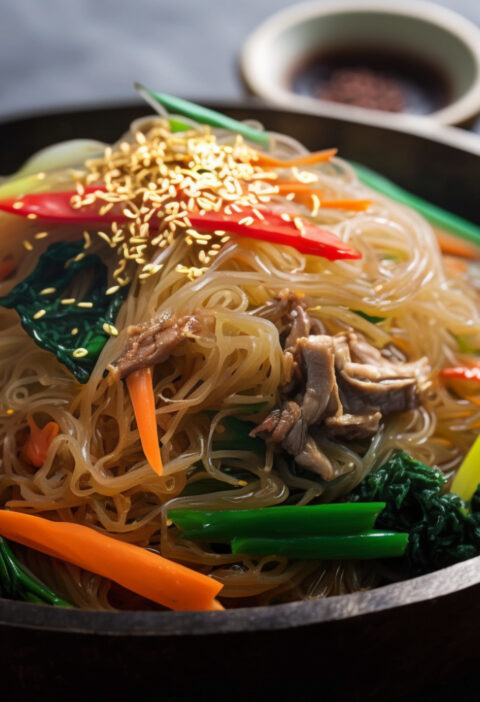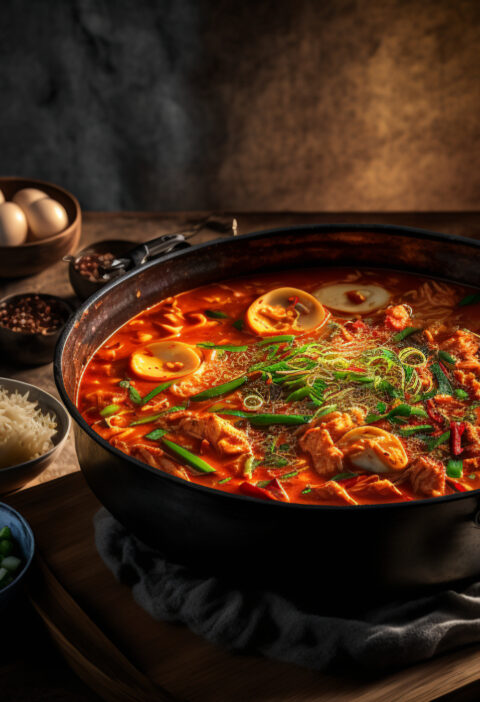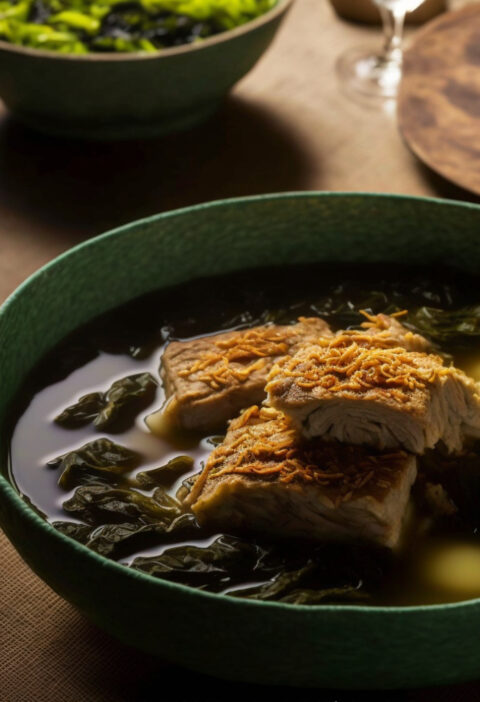5 Health Benefits of Korean Cooking 건강한 한식
Health Benefits of Korean Cooking Korean cuisine is renowned for its unique blend of flavors and healthy ingredients. It is no surprise that Korean cooking has become increasingly popular worldwide, with many health benefits associated with its consumption. From promoting heart health to improving digestion, here are five health benefits of Korean cooking. Korean Cooking, …

































